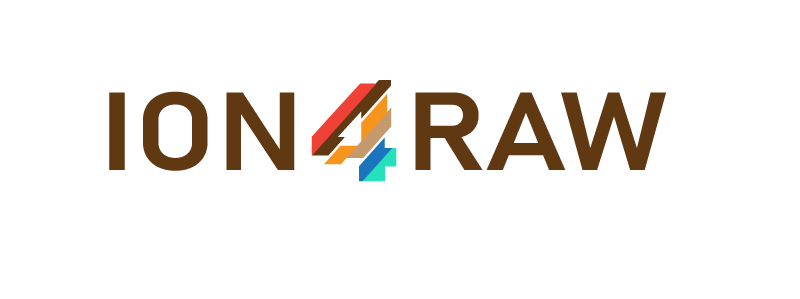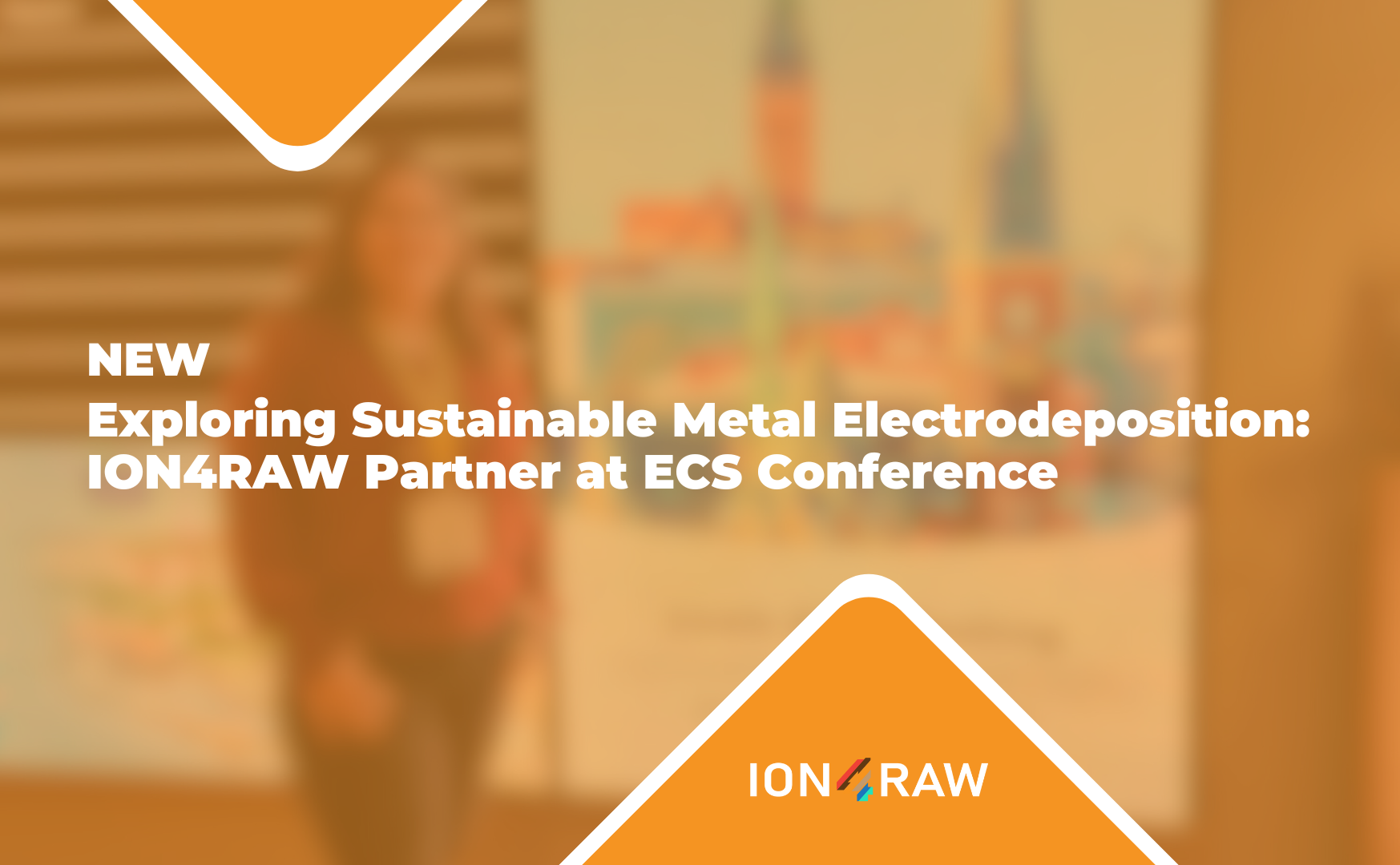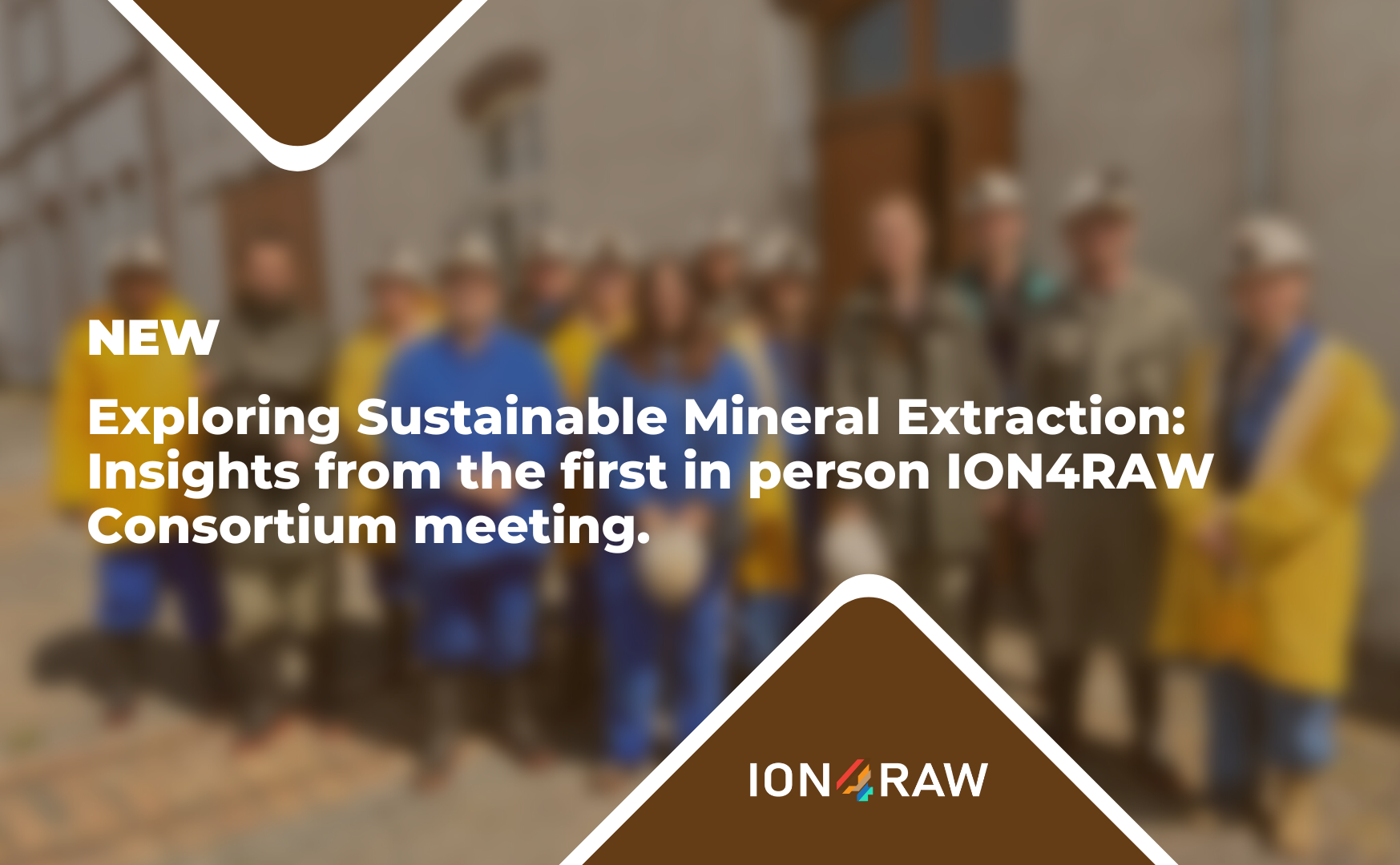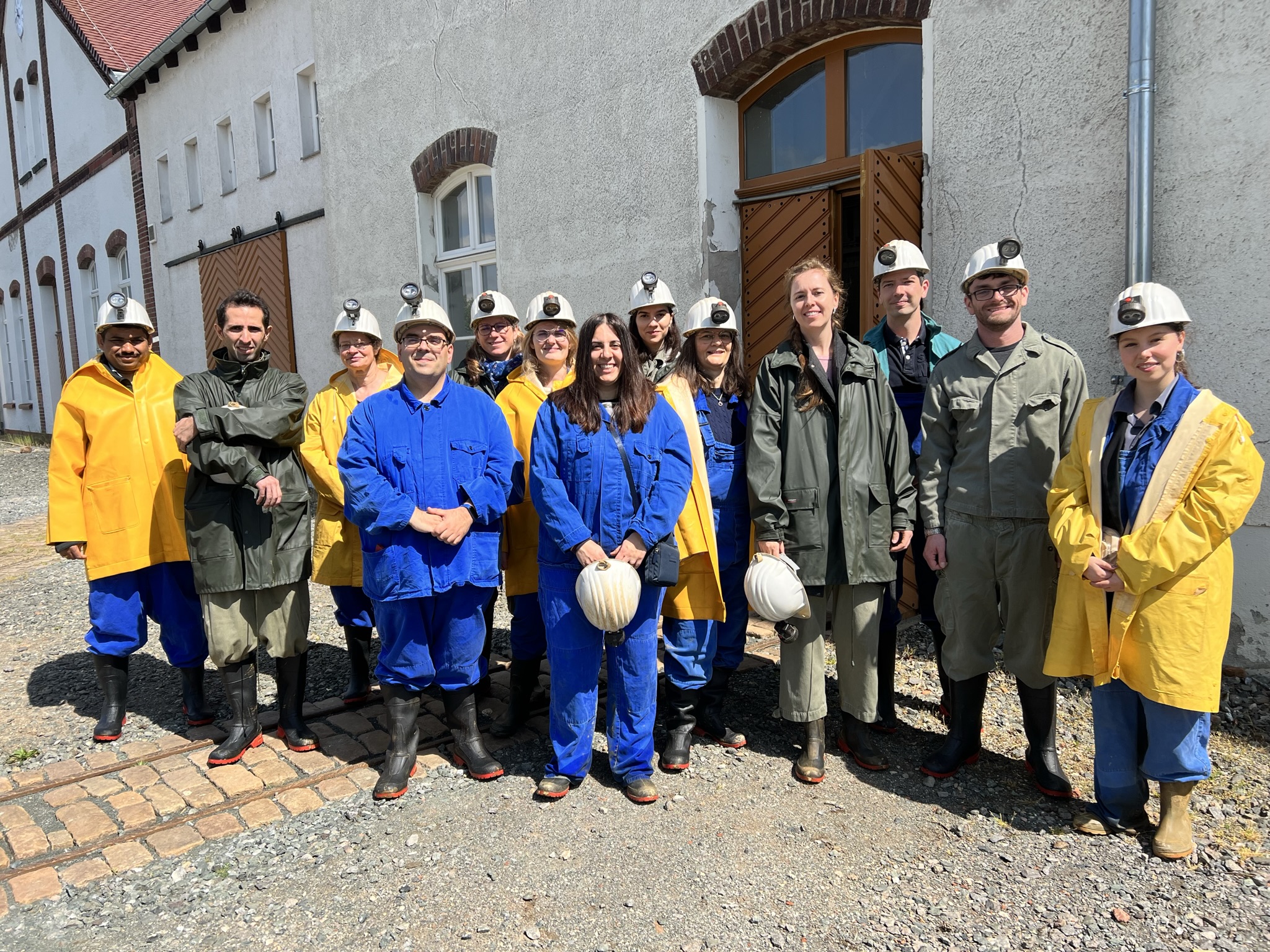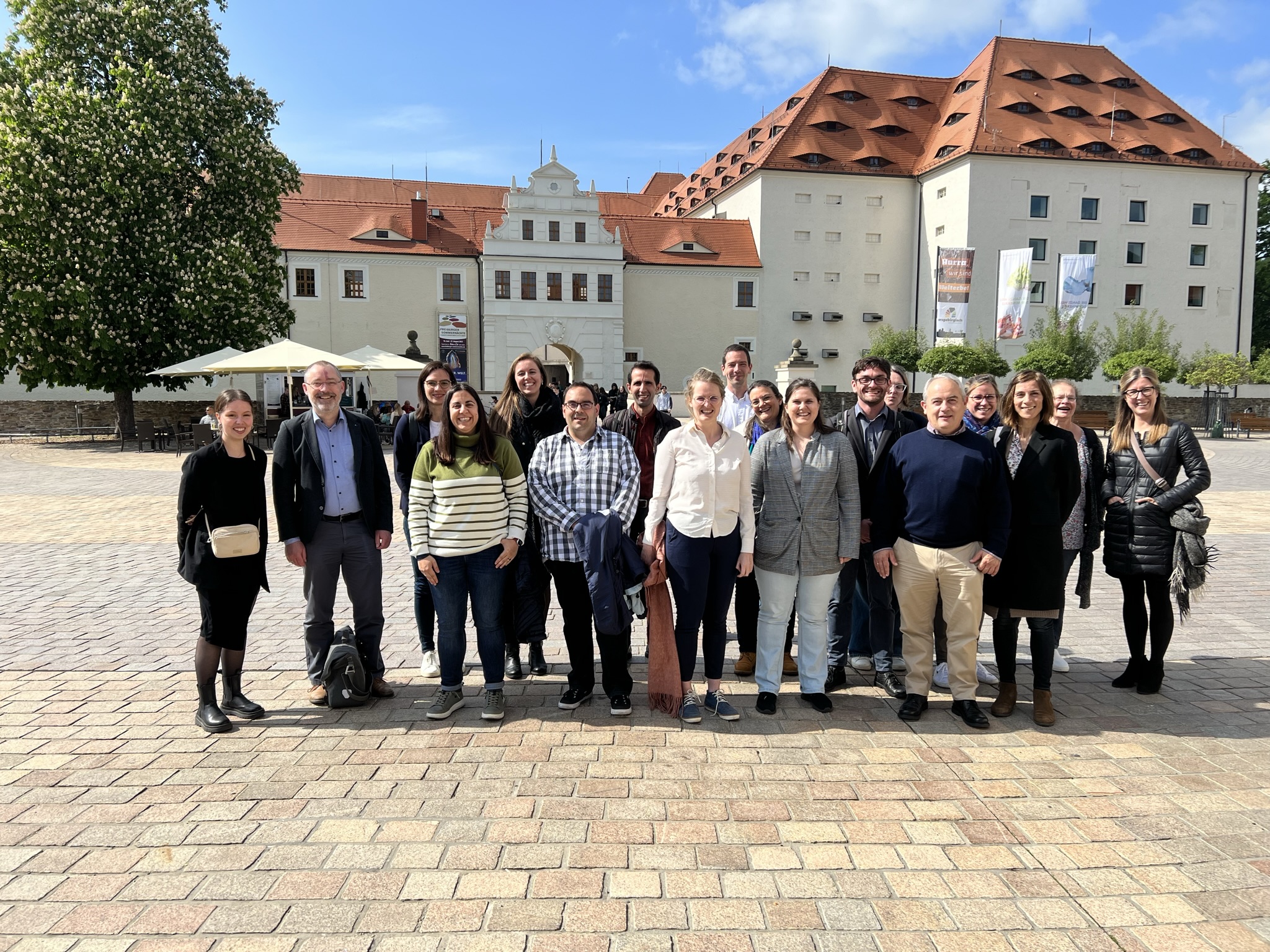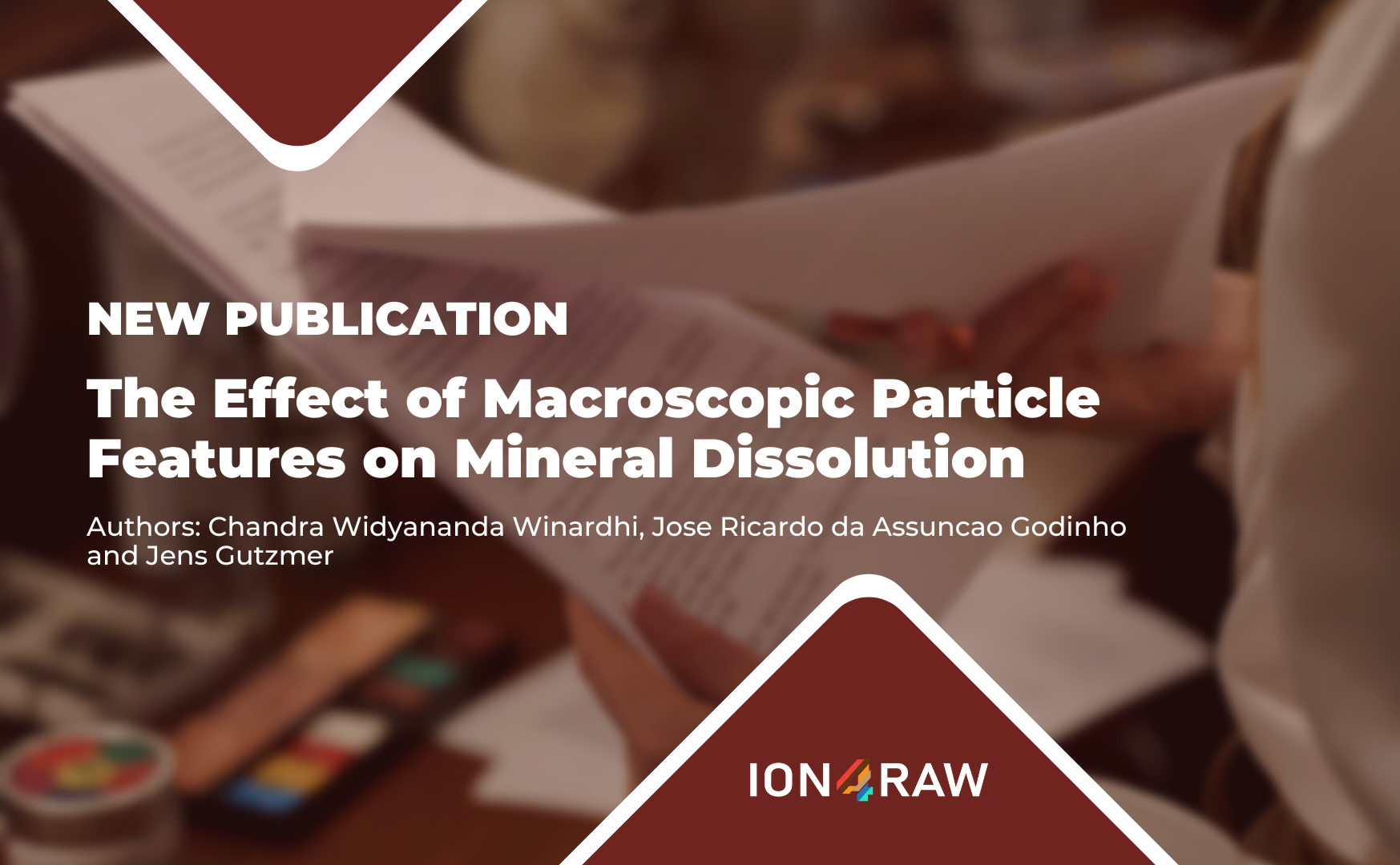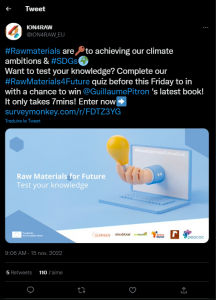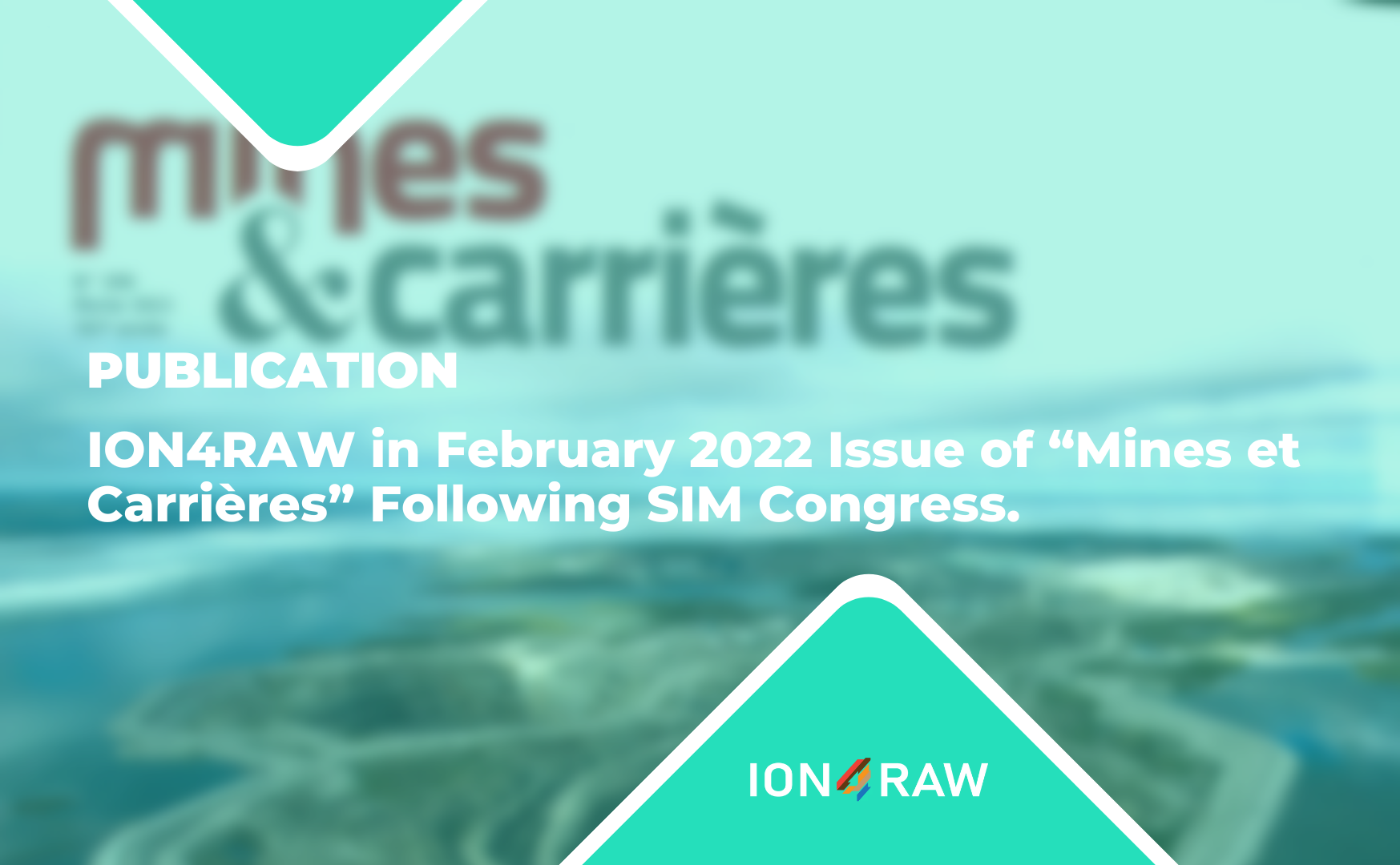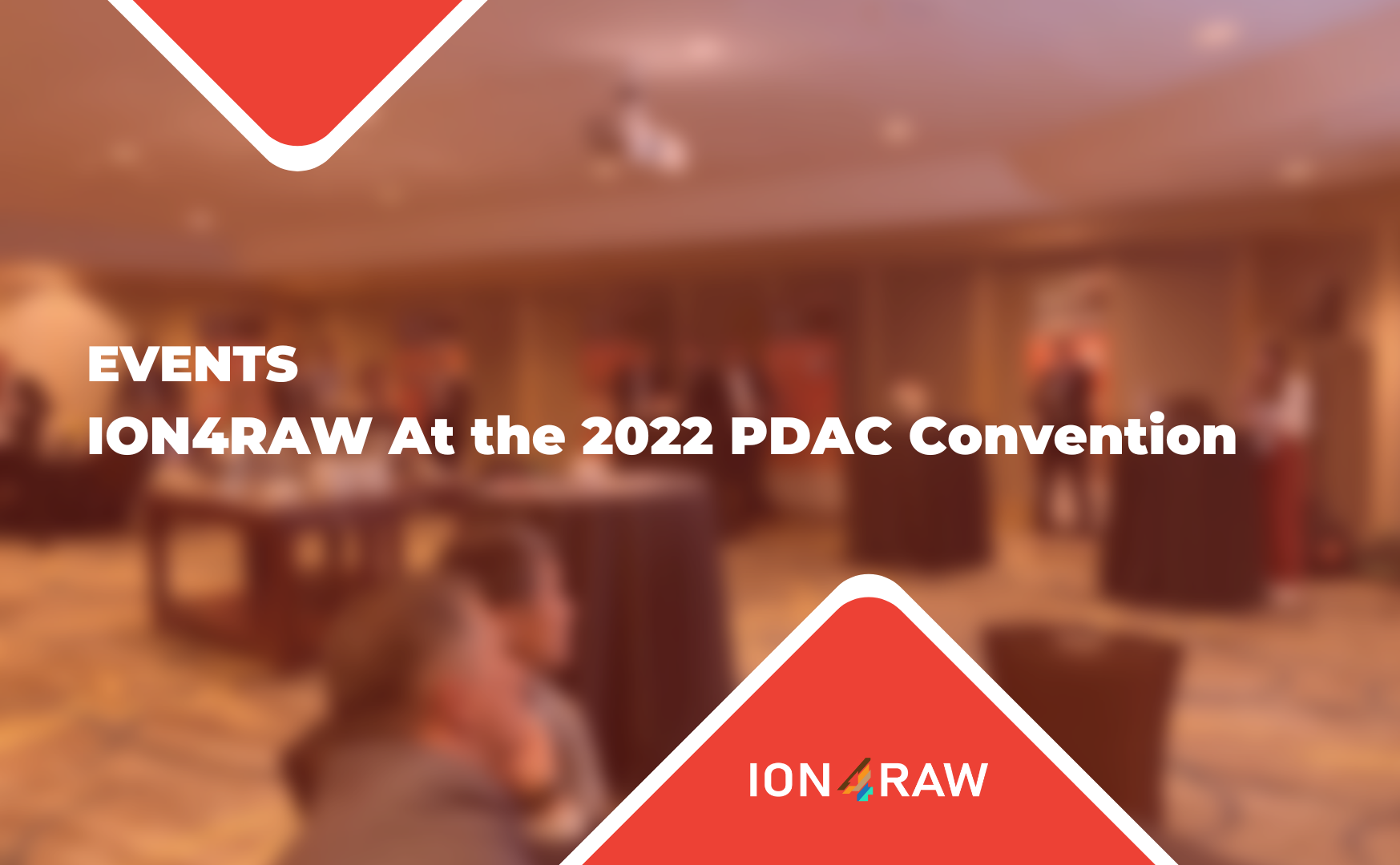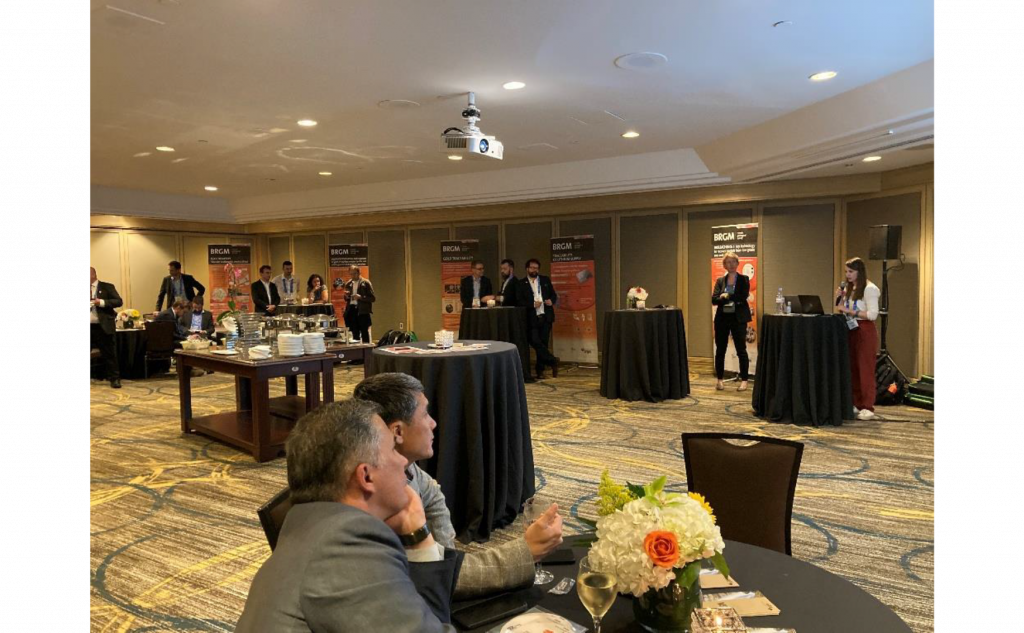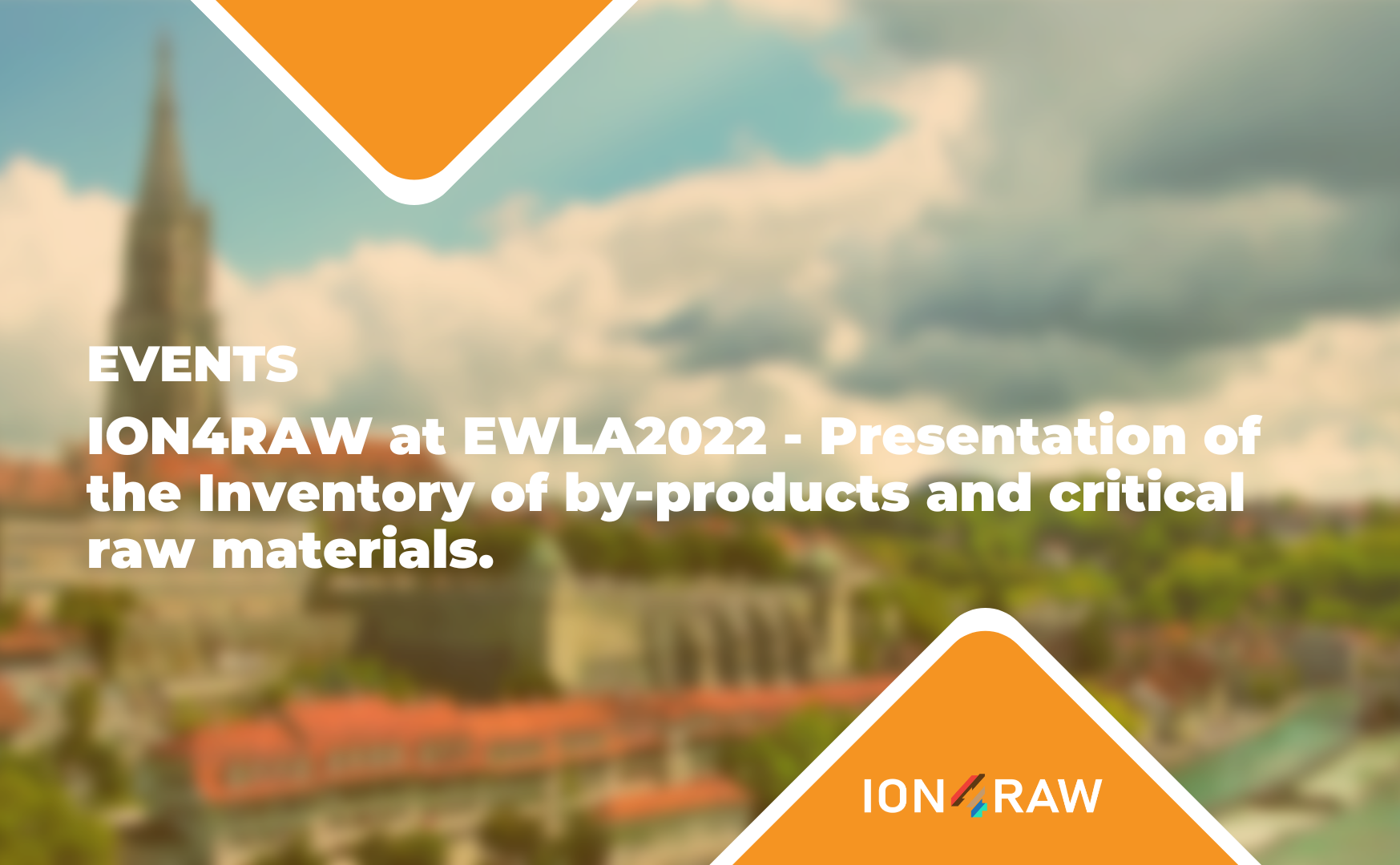ION4RAW Partner Gøril Jahrsengene from SINTEF, attended the ECS Conference in Gothenburg last month. This global event drew a remarkable 3,200 attendees and featured a diverse program of 2,427 talks and 1,381 student abstracts. Gøril Jahrsengene made a noteworthy contribution with her presentation titled “Electrochemical Investigations of Ag and Bi in Choline Chloride-Ethylene Glycol DES Electrolyte.”


Her presentation was part of the “Metal Electrodeposition from Fundamentals to Applications” symposium, in the session “Beyond Water.” To explore further details of her work, you can access the abstract and additional information on the ECS Conference website.
Our partner’s active participation at this event reflects the ION4RAW project’s commitment to advancing knowledge and promoting collaboration in the field of raw materials research. Stay tuned for more updates on our ongoing efforts to change the industry.

